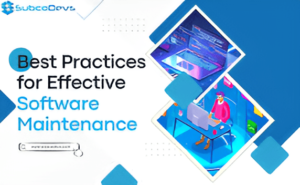Category: Software Development & Maintenance
In the fast-paced world of software development, planning for long-term support and maintenance is essential to ensure the longevity and reliability of your product. Without a robust strategy, software can quickly become obsolete, riddled with bugs, and insecure. This blog explores effective strategies to future-proof your software, ensuring it remains functional, secure, and efficient long after its initial release.









